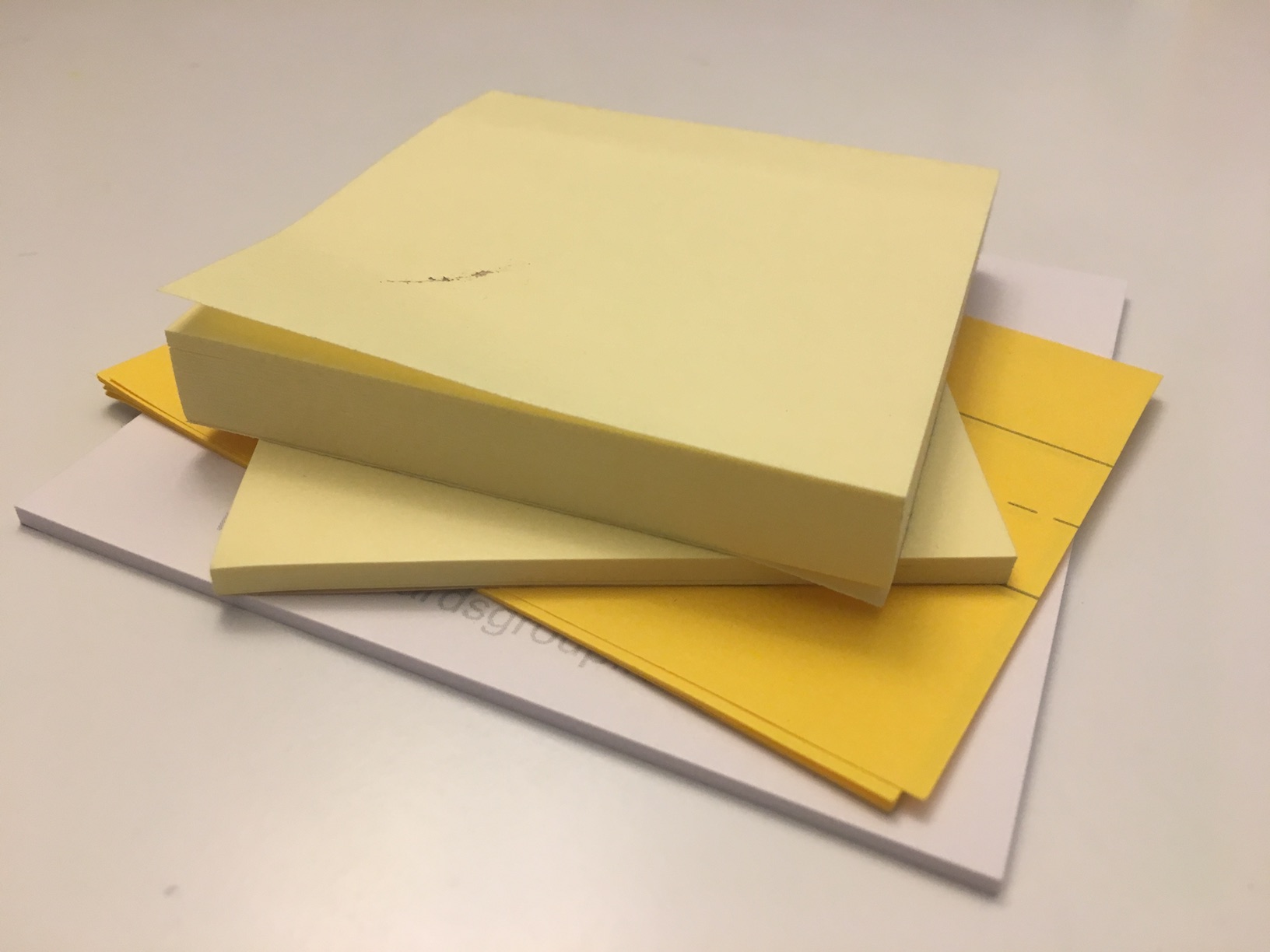I once heard of someone asking her grandchildren to go around the house putting Post-it notes on the things they wanted after she was gone. For several years, every time her grandchildren would come over the post-it notes were still scattered around the house. Yellow squares of paper dotted her paperweight collection, her curio cabinet, and other heirlooms throughout the house. This isn’t a great way to go about passing down heirlooms.
They sort of got the job done, but it was also an awkward reminder of their grandmother’s impending death, which actually didn’t come for quite some time. And I’m not sure Post-it notes would work very well for jewelry!
Is it enough to put Post-it notes on things in your house to say who gets them after your death? I suppose it’s better than nothing, but there are definitely problems that it might introduce:
- What if they fall off?
- What if someone takes the Post-its or moves them around?
- What about items without a Post-it note?
Of course, Post-it notes are not a legally binding way to transfer your property after death. Instead, you should put these instructions in your will or trust, or add them to your “special stuff list.”
A “Special Stuff List” is a much better way to pass down heirlooms
So, what is the “special stuff list”?
Authorized by your will or trust, the “special stuff list” specifies where you want items to go (such as family heirlooms, jewelry, collectibles, etc.).
Officially called a Memorandum for Distribution of Personal Property, that name is quite a mouthful! Once you sign and date the “special stuff list,” be sure to keep the list with your important papers, plus send a copy to your attorney so it will be available later.
Personal property disputes are often at the root of the most difficult family conflicts. Make sure your family knows your wishes.
Get your FREE “Special Stuff” List Worksheet here.
If you have questions or would like to schedule an Initial Meeting with us to get started with planning, give us a call at 217-726-9200.

